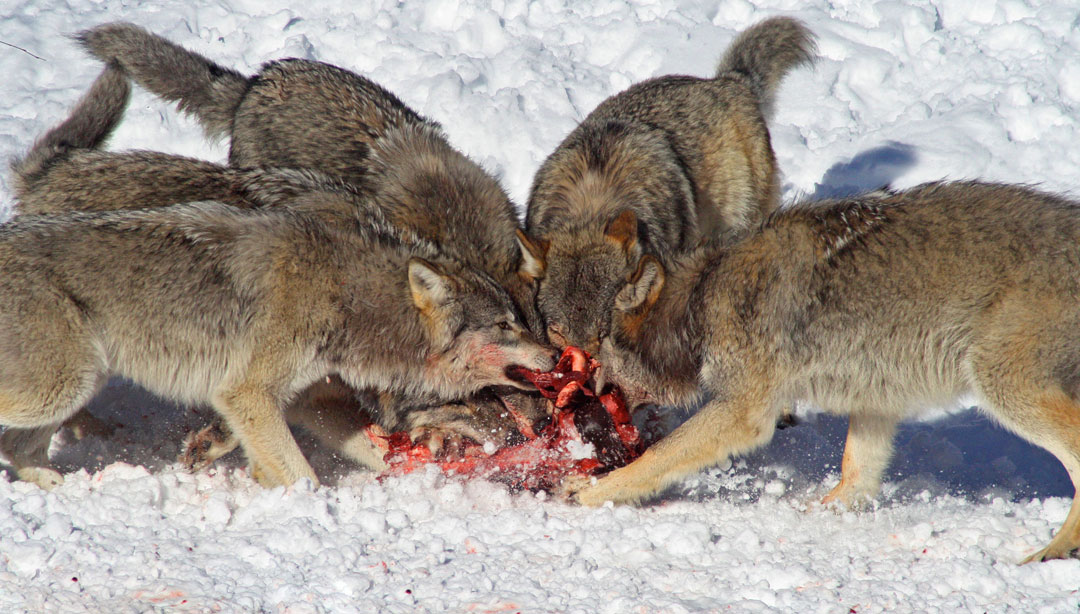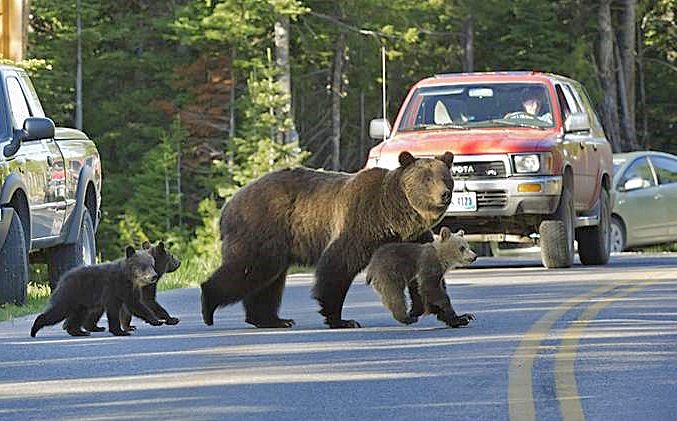Three separate times — 1982, 1989, and 2016 — the Colorado Parks and Wildlife Commission studied wolf reintroduction and each time adopted formal positions in opposition. That doesn’t stop the radical activists who will likely never see nor hear the chilling howl of a wolf except on television.
Bob Beauprez
Beauprez: Foisting wolves upon Coloradans will only deepen the urban-rural divide
For over a thousand years, the tale of Little Red Riding Hood has taught children and adults that wolves can’t be trusted. They are cunning, vicious apex predators at the top of the food chain that have even taken down grizzly bears and mountain lions in Yellowstone.
In the pioneer era of Colorado and the American West, wolves were commonplace, feasting on the abundant wildlife. Our predecessors quickly learned that wolves not only preyed on deer and elk but also decimated cattle and sheep herds, occasionally attacking humans, too.
Not knowing — or, perhaps unwilling to accept — the lessons of our history, some progressive environmental activists have been advocating for the reintroduction of gray wolves, the largest and most vicious of wolf species. Now the movement has come to Colorado. If approved by voters in November, a ballot initiative would force the reintroduction of wolves in our state, too.
Unsurprisingly, a shadow group from San Francisco called Tides Center — funded at least in part by George Soros — is the biggest funder of the effort. Activists in the greater Denver urban metroplex gathered the vast majority of required petition signatures to qualify the question for the ballot from the cities along the I-25 corridor. Of course, they don’t want wolves released in their backyards. The drafters of the initiative made sure wolves would be foisted on the folks on the Western Slope
The rural-urban divide in Colorado is deep. So, too is the reality that the abundance of the Colorado economy enjoyed in the cities is not transferrable to the sparsely populated parts of our state. Too often the folks that call rural Colorado home feel forgotten, insulted, misunderstood, and abused. This wolf reintroduction idea is yet another poke in the eye to the people on the land for whom the responsibility of true environmental stewardship is an everyday reality, and who cherish the opportunity and responsibility to care for a precious slice of this amazing place we are blessed to call home.
Our family operates a bison breeding ranch in Jackson County, a sparsely-populated ranching county commonly known as North Park near the Wyoming border. Recent news reports that wolves are already in northwest Colorado came as no surprise to local folks. My son spotted one just before sunrise about 100 yards from his back door several years ago. Overwhelmingly, ranchers and outdoorsmen oppose the wolf initiative. Presently, 30 Colorado counties have adopted resolutions in opposition to this ill-conceived initiative and there will be more. Wolves are already here and the population is expanding.
Three separate times — 1982, 1989, and 2016 — the Colorado Parks and Wildlife Commission studied wolf reintroduction and each time adopted formal positions in opposition. That doesn’t stop the radical activists who will likely never see nor hear the chilling howl of a wolf except on television.
To get an idea of what could happen, we don’t have to look far. Wolves were forcibly introduced into Idaho, Montana, and Wyoming 25 years ago. The stated objective was to establish ten breeding pairs in each state.
In Idaho, with abundant food supply and desirable habitat much like Colorado, the 35 wolves initially released thrived. The population exploded in numbers as well as geographically. Wolves are now dispersed across the entire state with at least 80 to 100 packs, as well as in parts of Washington, Oregon, and California. The current wolf population in Idaho alone is now estimated at 1,500 or more according to the LA Times.
Migration and grazing patterns of the elk and deer herds have been altered because of these apex predators. Half of the backcountry big game outfitters have closed their doors, according to the Idaho Outfitters and Guides Association and those remaining report a 50% decline in business because the wildlife is gone.
Ranchers have documented thousands of animals lost to wolf predation. In a singular night-time raid, wolves attacked Jeff Siddoway’s sheep herd, stampeding them over a steep embankment and killing 176. While most kills are never officially autopsied, since wolf introduction in 1995, Idaho has confirmed 982 cattle; 3,150 sheep, 53 herd dogs, plus horses, llamas, mules, and goats lost to wolf predation.
Free Range Report
Thank you for reading our latest report, but before you go…
Our loyalty is to the truth and to YOU, our readers!
We respect your reading experience, and have refrained from putting up a paywall and obnoxious advertisements, which means that we get by on small donations from people like you. We’re not asking for much, but any amount that you can give goes a long way to securing a better future for the people who make America great.
For as little as $1 you can support Free Range Report, and it takes only a moment.




My wife and I along with Ron Gillett and many others fought these wolf lovers in Idaho when they introduced them in 1994 and 95. The hunting in Idaho is very bad today and not much better in Montana where we now live. Keep fighting to keep them out of Colorado and when you see one , kill it by any means that is available. Exzylatol works great in a small round burger but bullets work to. Problem is they are a nocturnal animal so you have to poison them. Animal rights activists and environmentalist have gone way to far and need to be reined in and in most cases shut completely down.